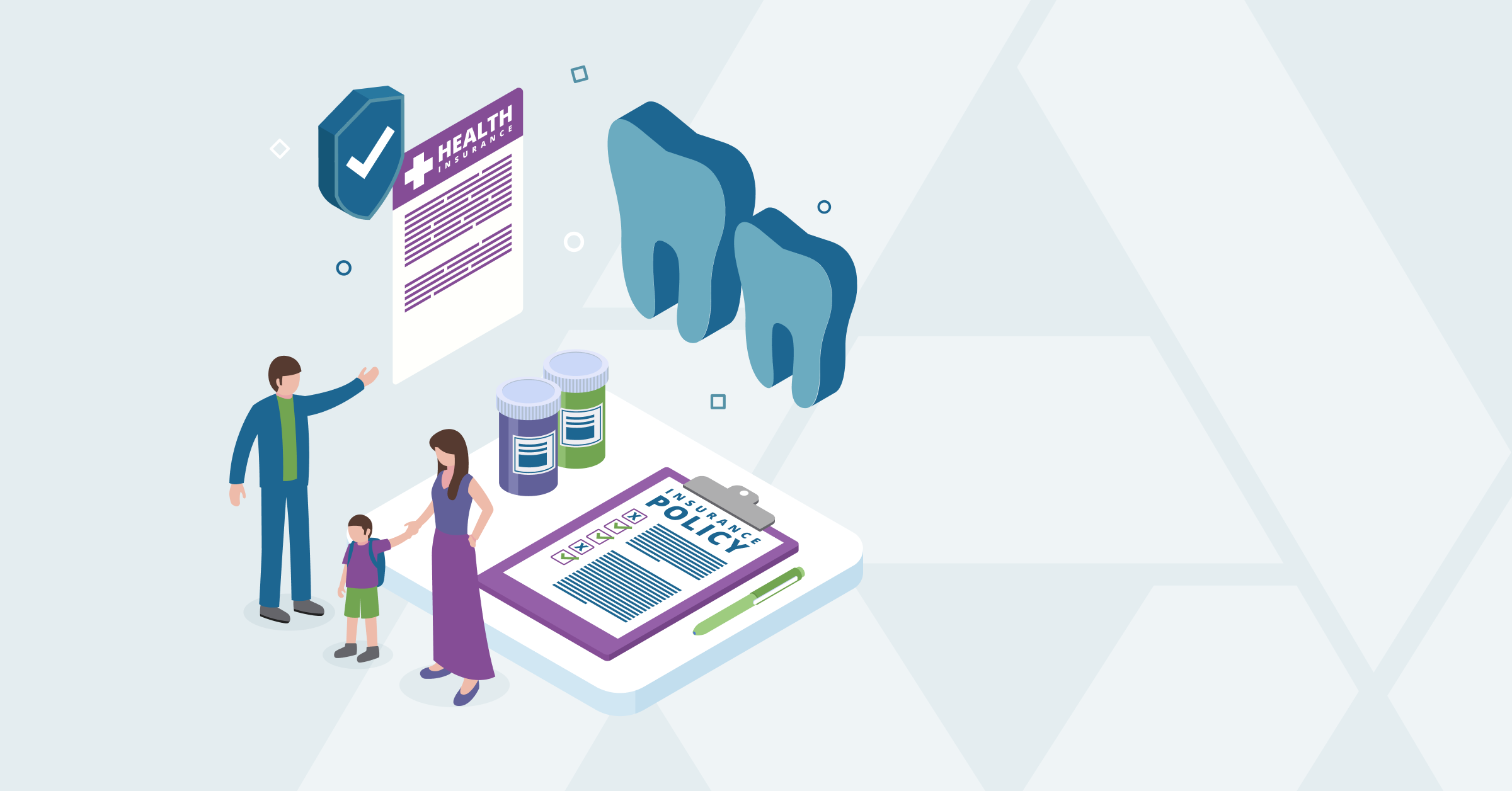Employee recruiting and retention have taken center stage for companies and organizations in essentially every industry. In the wake of the pandemic, dissatisfied employees are quitting their jobs at near-record levels. To successfully retain and attract new employees, many companies are offering more extensive and varied employee benefits packages to minimize the effects of this Great Resignation. Employees want more extensive benefits offerings, and employers need the right technology to make this happen.
According to MetLife’s 2021 U.S. Employee Benefit Trends Study, eight in 10 employers plan to increase the range or level of investment in employee benefits. The fact is, employees prefer a robust benefits package over free lunches and pool tables, and companies that are actively scaling up benefits stand the best chance of keeping those employees around. While organizations can’t necessarily afford to significantly boost salaries and vacation days, they can increase the number and variety of benefits.
For example, there’s the standard medical and dental insurance and short-term disability that most companies provide. But to attract and retain good employees, some organizations are offering enhanced medical packages with benefits like long-term disability, critical illness, hospital indemnity, life insurance and/or property and casualty insurance. While younger employees without kids may not need such medical coverage, there’s a good percentage of employees for whom more extensive medical benefits are a major selling point.
A number of organizations are also considering voluntary coverage such as pet insurance, and home and appliance warranties. Still others are offering to help repay college debts.
A better insurance platform for the new landscape
For insurers and their employer customers, these benefits packages are constantly shifting to meet companies’ and workers’ changing needs. According to MetLife, benefits plans are evolving toward a more holistic approach. This means that insurance providers need to shift from a product-by-product model to a suite of products that work together across employees’ changing life stages and personal needs.
The most efficient and cost-effective way to upgrade an insurance package or add in benefits is through a single, comprehensive insurance software platform. However, many legacy platforms are simply not robust or flexible enough to swiftly incorporate new benefits or build out programs for new customers and markets. Yet the faster an employee benefit platform can shift and flex to offer streamlined, customized programs, the more insurers will be equipped to meet evolving market needs.
EIS’ digital insurance platform is designed to do just that by offering a single platform that can be easily adopted for all lines of business. Bringing in insurance and warranty products from multiple vendors, for example, can easily be done with no need for new policy administration. The platform also enables users to shift back and forth between individual clients and groups, and vice versa, offering portables as another added benefit to employees.
What’s the gig economy got to do with it?
Another major trend impacting the insurance market as a result of the pandemic is the rise of the gig economy. While a growing number of individuals were already doing their own contract work, the COVID pandemic and the Great Resignation are accelerating this trend.
But these “solo-preneurs” still need benefits and insurance. This has traditionally been a more costly and involved endeavor for these gig workers, and many are discouraged. This is expanding the protection gap, as more people are going to be underinsured as a result.
In leveraging the EIS digital insurance platform, insurance companies can roll out benefits plans to independent operators, which can include options such as hospital indemnity on an individual basis, short- or long-term disability, or critical illness policies. By combining these products onto a single platform, insurers can offer contract workers competitive rates and a one-stop-shop for all their income protection-related needs.
With the EIS platform, insurance companies can both position themselves to swiftly and easily build out benefits packages for gig workers, and, in the wake of the Great Resignation, help employers retain and attract full-time employees with better benefits packages, ultimately working towards closing the income protection and insurance gap.
Want to learn more on how EIS’ digital insurance platform can benefit your customers? Talk to us.




